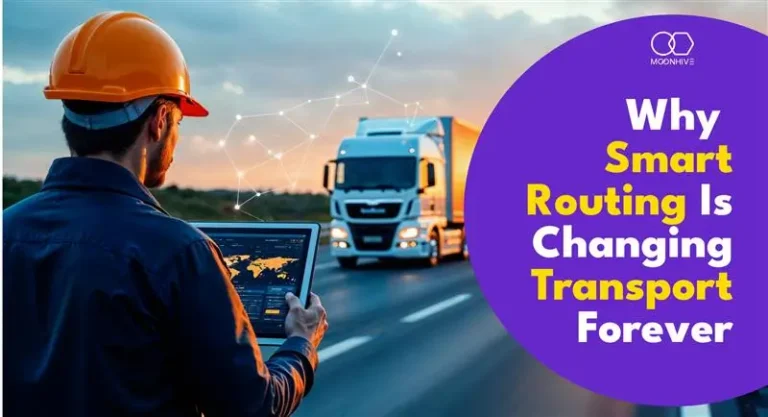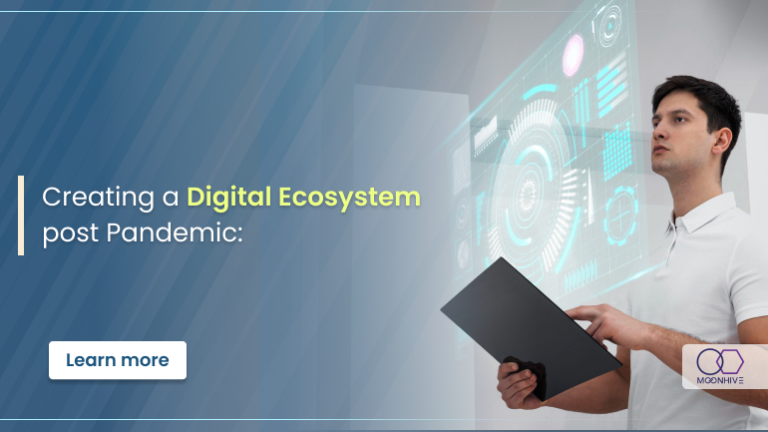ABC Guide to Cloud Modernization in Real Estate
Cloud modernization real estate is transforming how firms operate in both the USA and MENA regions. Legacy systems are holding back innovation in the real estate industry. In the United States, many property firms rely on decades-old on-premises infrastructure, limiting their ability to scale, stay compliant, or deliver seamless tenant experiences. Meanwhile, real estate developers […]





